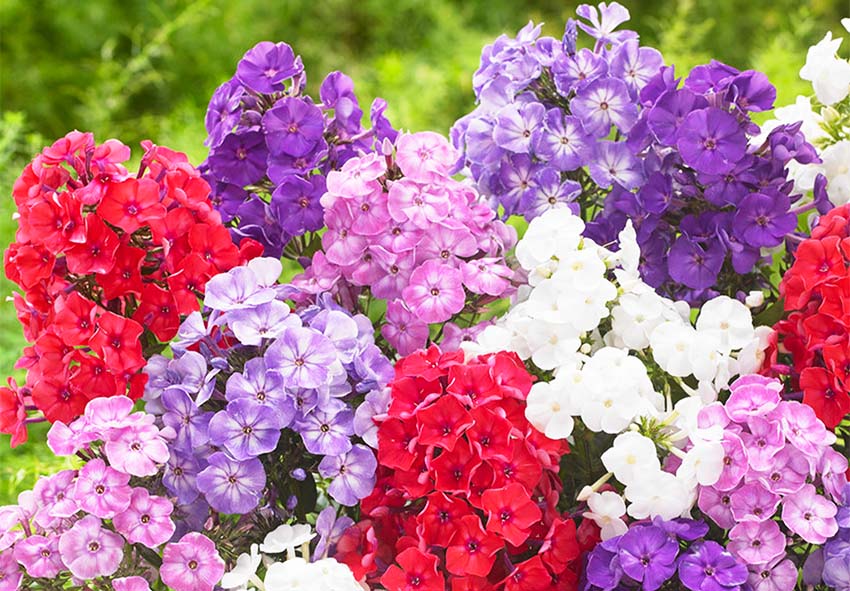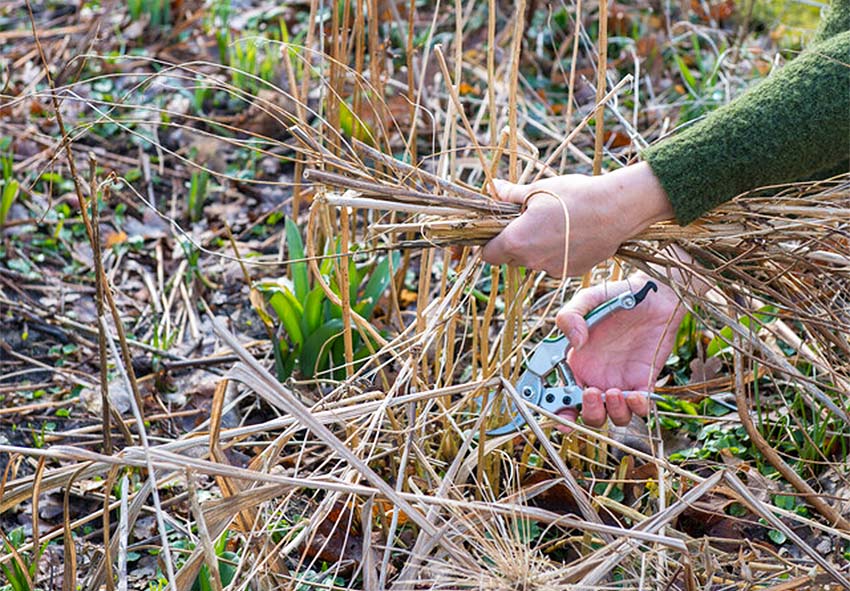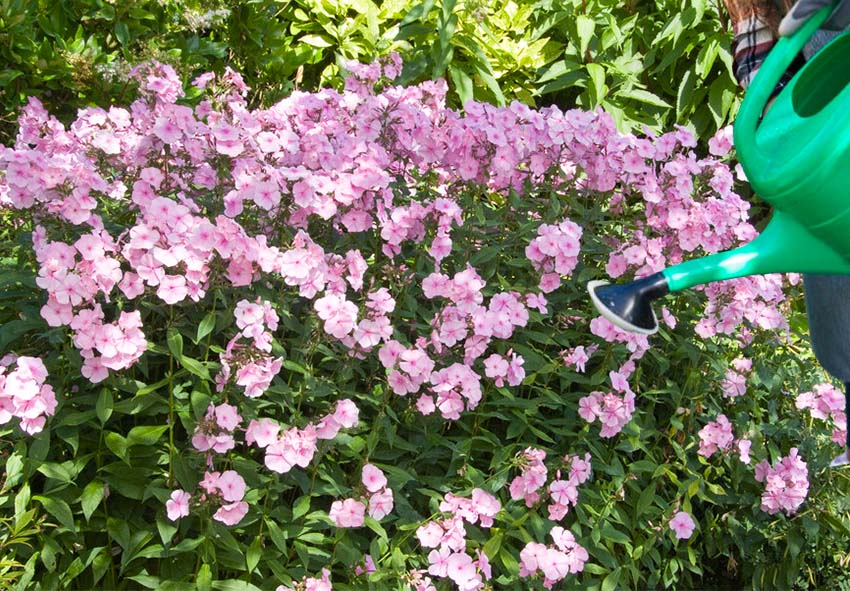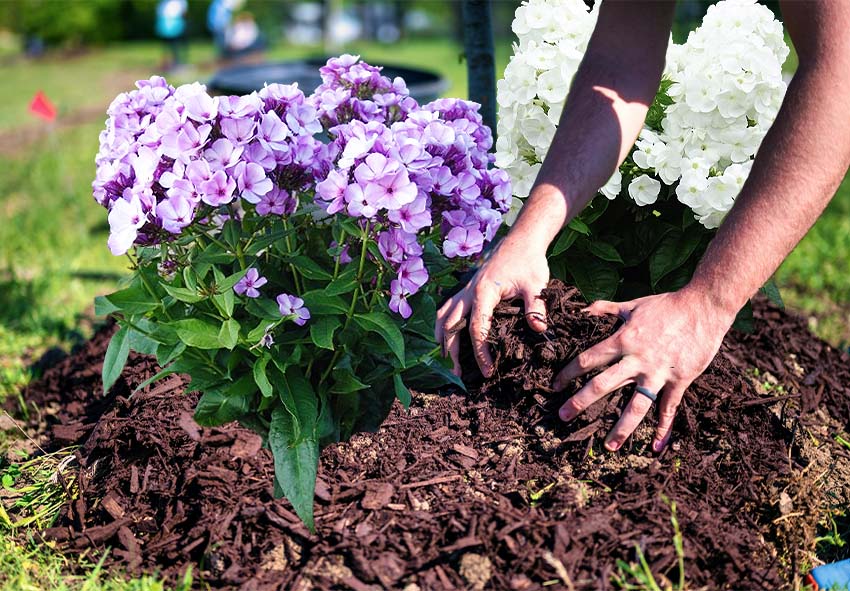Phlox plants, with their charming clusters of blossoms, add a burst of color and elegance to any garden landscape. Whether it’s the creeping phlox cascading over rock walls or the garden phlox standing tall in flower beds, these plants are beloved for their beauty and versatility. But like any plant, Phlox requires proper care to thrive and flourish. In this comprehensive guide, we’ll delve into the essential care practices to ensure your Phlox plants remain healthy and vibrant year-round.
Overview of Phlox Plants

Phlox plants come in various species, each with its own unique characteristics and growing habits. These plants are known for their long-lasting blooms and ability to attract pollinators like butterflies and hummingbirds, making them a favorite among gardeners. There’s a Phlox variety to suit every garden style and preference:
| Botanical Name | Colour | Flowering Period | Hardy | Usage |
| Phlox paniculata | Various hues | Summer to fall | Yes | Borders, containers |
| Phlox subulata | White, pink, purple, blue | Spring | Yes | Borders, rock gardens |
| Phlox divaricata | White, pink, purple, blue | Spring | Yes | Woodland gardens, shade gardens |
| Phlox drummondii | Various hues | Spring to summer | Yes | Annual bedding plants |
Importance of Post-Planting Care
Proper care after planting is crucial for the establishment and long-term health of Phlox plants. After being transplanted into the garden, Phlox plants may experience transplant shock as they adjust to their new environment. Providing adequate water, nutrients, and protection from harsh weather conditions during this critical period helps minimize stress and encourage healthy growth. Additionally, post-planting care sets the foundation for robust root development, which is essential for the plant’s overall health and vigor. By investing time and effort into post-planting care, gardeners can ensure their Phlox plants thrive and flourish in their new surroundings.
Pruning Phlox Plants

Pruning is a vital aspect of Phlox plant care that helps maintain their health, appearance, and flowering capacity. By removing spent blooms and trimming back leggy growth, gardeners can encourage continuous blooming and prevent the plant from becoming overcrowded. Understanding the basics of pruning, including when and how to prune Phlox plants, is essential for ensuring they remain healthy and vibrant throughout the growing season.
Pruning Basics
Pruning plays a crucial role in promoting the overall health and vigor of Phlox plants. By removing dead or diseased foliage, gardeners can prevent the spread of diseases and improve air circulation around the plant. Additionally, pruning encourages the growth of new shoots and stimulates the production of fresh blooms, resulting in a more robust and floriferous plant.
When to Prune
The timing of pruning is crucial for the health and flowering performance of Phlox plants. Deadheading, or the removal of spent blooms, should be done regularly throughout the growing season to encourage the production of new flowers. Additionally, cutting back leggy growth and removing dead or yellowing foliage can be done as needed to maintain the plant’s appearance and prevent overcrowding.
Pruning Techniques
Regular pruning helps maintain the plant’s shape, encourage bushier growth, and prolong the flowering period of Phlox plants. Use recommendations below for successful pruning:
- Deadheading
Deadheading is a crucial pruning technique for Phlox plants, as it helps maintain the plant’s appearance and promotes continuous blooming. To deadhead Phlox, use clean and sharp pruning shears to remove faded flowers from the plant. Snip off the spent blooms just below the flower head, ensuring to cut at a slight angle to prevent water from pooling on the cut surface, which can lead to rot.
- Cutting Back Leggy Growth
Phlox plants may develop leggy or overly long stems, especially if they receive inadequate sunlight or nutrients. To address leggy growth, trim back the stems to a healthy set of leaves or nodes using pruning shears. This encourages the plant to produce new growth from the base, resulting in a fuller and more compact appearance. When cutting back leggy growth, aim to remove no more than one-third of the plant’s overall height to avoid stressing the plant.
- Encouraging Bushier Growth
Pruning plays a vital role in shaping Phlox plants and encouraging bushier growth. By removing spent flowers and cutting back leggy stems, you stimulate the plant to allocate resources towards producing new growth and additional flower buds. This results in a denser and more compact plant habit, enhancing the overall appearance of the Phlox plant.
- Prolonging the Flowering Period
Regular pruning helps extend the flowering period of Phlox plants by promoting the development of new blooms. By removing faded flowers promptly through deadheading, you prevent the plant from directing energy towards seed production and instead encourage it to produce more flowers. Additionally, cutting back leggy growth stimulates the growth of new stems and flower buds, ensuring a continuous display of blooms throughout the growing season.
Watering Phlox Plants

Watering is a critical aspect of Phlox plant care that directly impacts their growth, health, and flowering performance. Understanding the water requirements of Phlox plants and adopting proper watering practices is essential for ensuring they thrive in the garden environment. In this section, we’ll delve into the watering needs of Phlox plants and provide valuable tips for watering them effectively to promote lush foliage and abundant blooms. You can find even more information about it in a full guide for Phlox.
Watering Requirements
Phlox plants have moderate water needs and thrive in evenly moist soil conditions. During the active growing season, typically spring through early fall, Phlox plants require regular watering to keep the soil consistently moist but not waterlogged. Aim to provide approximately 1 inch of water per week, either through rainfall or supplemental irrigation, to ensure adequate moisture for healthy growth and flowering.
Best Practices for Watering
To water Phlox plants effectively, it’s essential to follow best practices that promote deep root development and minimize water waste:
- Watering Timing: Water Phlox plants early in the morning to allow foliage to dry quickly, minimizing the risk of fungal diseases. Morning watering also ensures that the plants have access to moisture during the peak of the day, when water uptake is most efficient.
- Targeted Watering: Apply water directly to the base of the Phlox plant, avoiding wetting the foliage whenever possible. Wet foliage can increase the risk of fungal diseases, such as powdery mildew, especially in humid conditions. By focusing irrigation at the root zone, you can provide moisture where it’s needed most without promoting disease development.
- Use of Irrigation Systems: Consider using a soaker hose or drip irrigation system to water Phlox plants efficiently. These systems deliver water directly to the root zone, minimizing water waste through evaporation and runoff. Additionally, they help maintain consistent soil moisture levels, which is essential for healthy root development and overall plant growth.
- Watering Depth: When watering Phlox plants, aim to moisten the soil to a depth of at least 6 to 8 inches. Deep watering encourages the development of deep roots, which makes the plants more resilient to drought conditions and promotes overall plant health. Monitor soil moisture regularly and adjust watering frequency as needed to ensure adequate hydration without waterlogging the soil.
Avoiding Overwatering and Underwatering
Overwatering and underwatering are common watering mistakes that can adversely affect Phlox plants’ health and vigor. Overwatering can lead to waterlogged soil, root rot, and fungal diseases, while underwatering can result in wilting, stunted growth, and poor flowering. Monitor soil moisture regularly and adjust watering frequency based on weather conditions and plant needs. Provide supplemental water during periods of drought or high temperatures, but allow the soil to dry slightly between waterings to prevent waterlogged conditions.
Winter Care for Phlox Plants

As the temperatures drop and winter approaches, it’s essential to provide proper care to ensure the survival and well-being of Phlox plants during the colder months. Winter care for Phlox involves preparing the plants for the harsh conditions ahead, protecting them from frost and freezing temperatures, and providing adequate moisture to prevent dehydration. In this section, we’ll explore the essential steps for winter care to help your Phlox plants weather the winter season successfully.
Preparing Phlox for Winter
Before the onset of winter, it’s crucial to prepare Phlox plants for the cold weather ahead. Begin by removing any dead or diseased foliage from your dutch plants to prevent the spread of diseases and pests. Once the foliage has been tidied up, apply a layer of mulch around the base of the plants to insulate the roots and protect them from freezing temperatures. Mulching also helps maintain soil moisture levels and prevents rapid temperature fluctuations that can stress the plants.
Frost Protection
Frost can pose a significant threat to Phlox plants, particularly in regions with cold winters. Use this tips to protect your Phlox plants from frost damage:
- Frost Cloth or Fabric: Cover Phlox plants with a layer of frost cloth or lightweight fabric when frost is expected. These materials provide insulation against freezing temperatures while allowing some airflow and light penetration. Secure the fabric loosely over the plants to prevent damage to the foliage.
- Inverted Buckets or Cloches: For individual Phlox plants or smaller areas, consider using inverted buckets or cloches to protect them from frost. Place the buckets or cloches over the plants in the evening before temperatures drop, ensuring that they cover the entire plant and extend to the soil surface to trap heat effectively.
- Remove Coverings During the Day: To prevent overheating and moisture buildup, remove the frost protection coverings during the day when temperatures rise above freezing. This allows sunlight and airflow to reach the plants, promoting photosynthesis and reducing the risk of fungal diseases.
- Replace Coverings at Night: As temperatures drop in the evening, replace the frost protection coverings over the Phlox plants to shield them from freezing temperatures overnight. Check the weather forecast regularly and be prepared to cover the plants whenever frost is predicted, especially during the early and late stages of the growing season.
- Monitor Weather Conditions: Stay informed about weather conditions in your area, particularly during the spring and fall when frost events are more common. Take proactive measures to protect your Phlox plants from frost damage, such as covering them when necessary and providing additional insulation around sensitive areas of the garden.
Winter Watering
While Phlox plants are dormant during the winter months, they still require occasional watering to prevent dehydration. Check the soil moisture levels regularly and water the plants if the soil becomes dry. Water sparingly, as excessive moisture can lead to root rot in cold, wet conditions. Aim to water the plants early in the day to allow any excess moisture to evaporate before temperatures drop at night. Providing adequate moisture during the winter helps keep the plants hydrated and healthy until the arrival of spring.
Conclusion
With the knowledge gained from this comprehensive guide, you can confidently care for your Phlox plants and enjoy a spectacular display of colorful blooms season after season. By following the tips and techniques outlined here in our blog, you’ll ensure your Phlox plants remain healthy, vibrant, and a source of beauty in your garden for years to come.
Frequently Asked Questions (FAQs) about Phloxes
1. When should I start pruning my Phlox plants after planting?
It’s best to wait until after the first flowering period to prune your Phlox plants. This allows them to establish their root systems and encourages robust growth. After the initial bloom, deadhead spent flowers and trim back any leggy or overcrowded stems to promote bushier growth and encourage a second flush of blooms later in the season.
2. Do Phlox plants require fertilization after planting?
While Phlox plants benefit from occasional fertilization, it’s essential not to over-fertilize, especially immediately after planting. Wait until the plants are established and showing signs of new growth before applying a balanced fertilizer. Use a slow-release fertilizer or organic compost in early spring to provide nutrients gradually throughout the growing season, helping to support healthy foliage and abundant blooms.
3. How can I protect my Phlox plants from pests and diseases after planting?
To prevent common pests and diseases from affecting your Phlox plants, practice good garden hygiene and cultural care. Keep the area around the plants clean and free of debris to discourage pests and fungal pathogens. Additionally, avoid overhead watering to minimize the risk of foliar diseases like powdery mildew. Monitor the plants regularly for signs of pest infestation or disease, and take prompt action to address any issues.
4. Can I order Holland Phloxes from your online store?
Yes, we offer a wide selection of Phloxes, including some varieties originating from Holland, renowned for their quality and beauty. Our online store Dutch-bulbs.com features a diverse range of Phloxes. Explore our collection to find the perfect Phlox varieties for your garden or landscaping projects.
5. Should I divide my Phlox plants after planting?
Dividing Phlox plants can help rejuvenate older specimens, promote better airflow, and prevent overcrowding. However, it’s generally best to wait until the plants have become established and developed strong root systems before dividing them. Aim to divide Phlox plants every few years in early spring or late summer when they are not actively flowering. Dig up the plant, carefully separate the root clumps, and replant the divisions in well-prepared soil with adequate spacing for optimal growth.
Published: 02.05.2024
